Ecosystems, food chains and food webs -> lungs
Lungs
The lungs are a vital part of the respiratory system, responsible for the exchange of oxygen and carbon dioxide in the body. They are a pair of spongy, air-filled organs located on either side of the chest cavity.
Anatomy of the Lungs
The lungs are divided into lobes, with the right lung consisting of three lobes and the left lung consisting of two lobes. The main structures of the lungs include the bronchi, bronchioles, and alveoli. The bronchi are the large airways that branch off from the trachea and enter the lungs. The bronchi then divide into smaller bronchioles, which eventually lead to clusters of tiny air sacs called alveoli. It is within the alveoli that the exchange of oxygen and carbon dioxide takes place.
Respiratory Function
The primary function of the lungs is to facilitate the exchange of gases. When we inhale, the diaphragm and intercostal muscles contract, causing the chest cavity to expand and air to be drawn into the lungs. This air then travels through the bronchial tree and reaches the alveoli, where oxygen is taken up by the blood and carbon dioxide is released from the blood into the alveoli to be exhaled.
Common Respiratory Conditions
Several respiratory conditions can affect the lungs, such as asthma, chronic obstructive pulmonary disease (COPD), pneumonia, and lung cancer. These conditions can impact the ability of the lungs to function effectively and may require medical intervention.
Study Guide
- Describe the anatomy of the lungs, including the main structures and their functions.
- Explain the process of respiration and the role of the lungs in gas exchange.
- Identify common respiratory conditions that can affect the lungs and their potential impact on respiratory function.
- Discuss the importance of maintaining lung health through proper lifestyle choices and environmental factors.
Understanding the anatomy and function of the lungs is crucial for comprehending the respiratory system and its significance in overall health and well-being.
.◂Science Worksheets and Study Guides Seventh Grade. Ecosystems, food chains and food webs

 Activity Lesson
Activity Lesson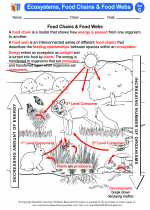
 Worksheet/Answer key
Worksheet/Answer key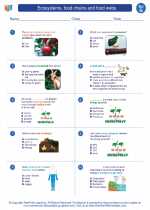
 Worksheet/Answer key
Worksheet/Answer key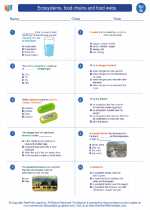
 Worksheet/Answer key
Worksheet/Answer key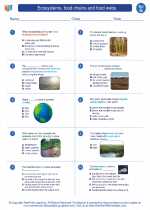
 Vocabulary/Answer key
Vocabulary/Answer key
 Vocabulary/Answer key
Vocabulary/Answer key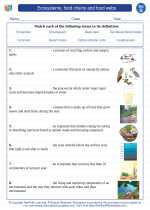
 Vocabulary/Answer key
Vocabulary/Answer key
 Vocabulary/Answer key
Vocabulary/Answer key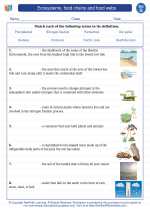
 Vocabulary/Answer key
Vocabulary/Answer key
